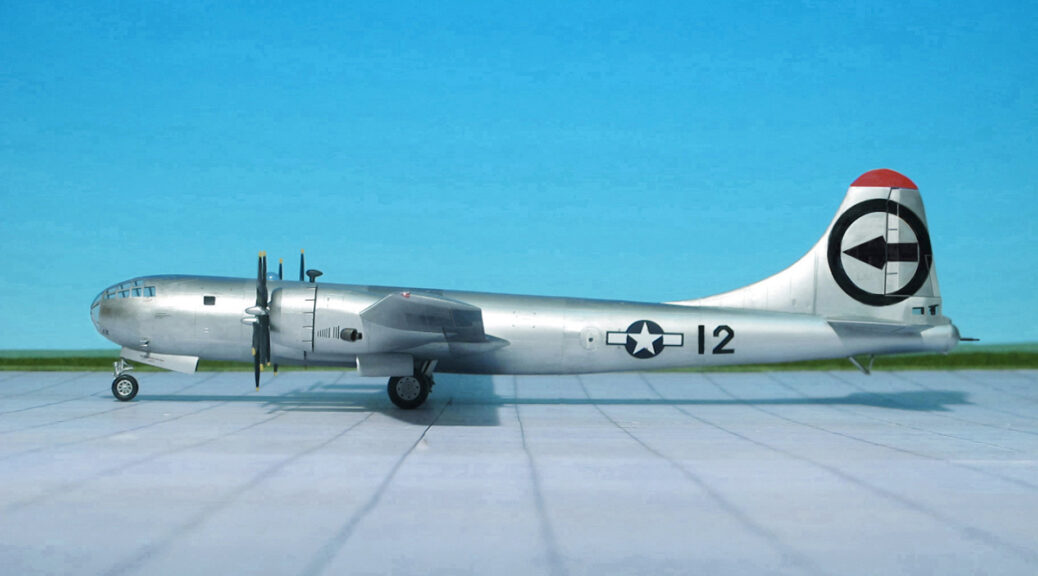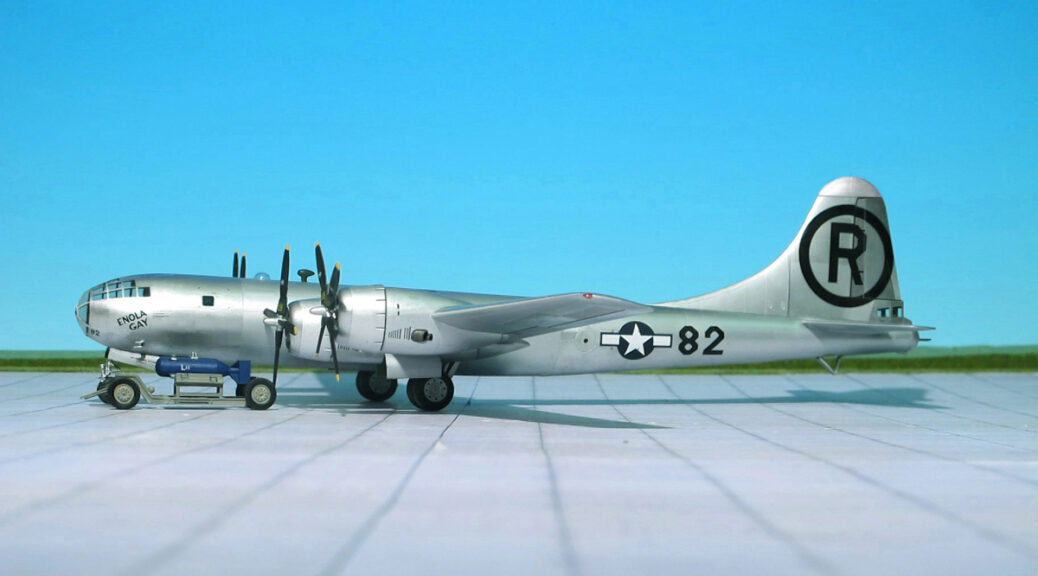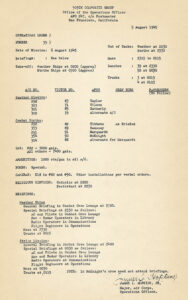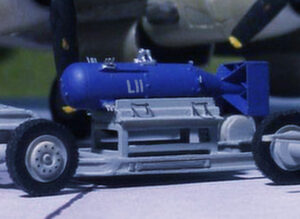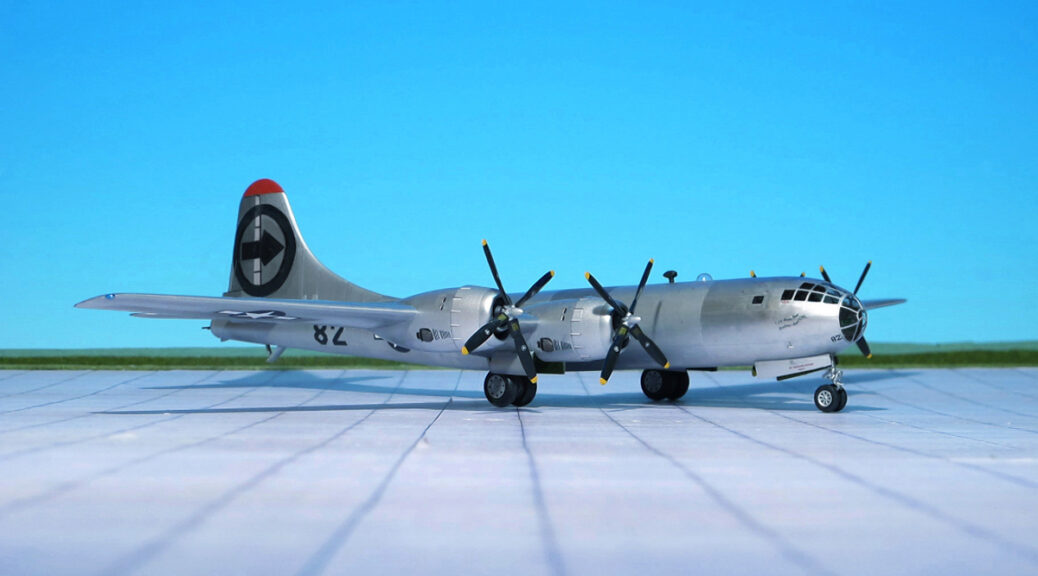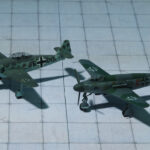Boeing B-29 Superfortress “Enola Gay”, 393rd BS, Heavy, 509th Composite Group
TYPE: High-altitude strategic bomber
ACCOMMODATION: Crew of 12
POWER PLANT: Four Wright R-3350-57 Cyclone turbo-supercharged radials, rated at 2,200 hp each
PERFORMANCE: 339 mph
COMMENT: The Boeing B-29 Superfortress was an American four-engined propeller-driven heavy bomber, designed by Boeing and flown primarily by the United States during World War II and the Korean War. Named in allusion to its predecessor, the Boeing B-17 Flying Fortress, the Superfortress was designed for high-altitude strategic bombing, but also excelled in low-altitude night incendiary bombing, and in dropping naval mines to blockade Japan. B-29s dropped the atomic bombs on Hiroshima and Nagasaki, the only aircraft ever to drop nuclear weapons in combat.
Preface of the following three posts
These three posts show pictures of the most famous aircraft Boeing B-29 Superfortress (Model number B-29-45-MO, Serial number 44-86292, Victor number # 12, (squadron-assigned identification)) – later known as Enola Gay – that dropped the first atomic bomb Little Boy on Hiroshima on 6th August 1945.
Post I shows the B-29 when it arrived from Wendover Army Air Field, Utah, to North Field, Tinian, Marianas on June 1945. The aircraft was flown by aircraft commander Captain Robert A. Lewis and his crew B-9. At that time the tail marking was that of the 393rd BS, Heavy, 509th Composite Group, a circle outline (denoting the 313th Wing) around an arrowhead pointing forward. The aircrafts Victor number was # 12 and the ship lacked of any nose art.
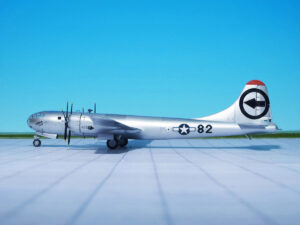
Post II shows the same aircraft at the beginning of August 1945. The aircrafts tail markings were repainted with the tail markings of the 6th Bombardment Group (Circle R), XXI Bomber Command groups as a security measure. It was feared that Japanese survivors on Tinian were reporting the 509th’s activities to Tokyo by clandestine radio. The Victor (identification assigned by the squadron) numbers previously assigned the 393d aircraft were changed number # 82 to avoid confusion with B-29s of the groups from whom the tail identifiers were borrowed.
Although all of the B-29s involved in the Hiroshima- and Nagasaki-Mission were named, the only nose art applied to the aircraft before the atomic bomb missions was that of Enola Gay. With some exceptions, the others were applied some time in August 1945

Post III shows the Enola Gay after the Hiroshima strike. The circle R tail marking of the 6th Bombardment Group, 313th Bomb Wing tail marking was changed back to that of the 509th Composite Group, circle outline around an arrowhead pointing forward. The Victor # 82 and nose art at port side „Enola Gay“ remained unchanged, additional nose art at starboard side was „First Atomic Bomb Hiroshima – August 6/1945“


